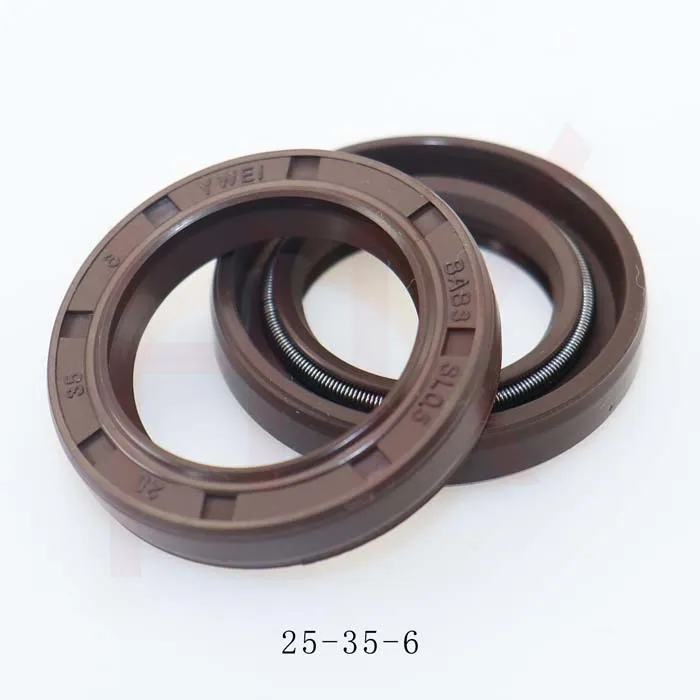9 月 . 25, 2024 11:15 Back to list
Understanding the Function and Types of Rotary Shaft Seals in Mechanical Applications
Understanding Rotary Shaft Seals A Comprehensive Overview
Rotary shaft seals play a crucial role in various mechanical systems by preventing the leakage of fluids and contaminants. These seals are essential components in many industrial applications, including automotive engines, pumps, and gearboxes. Understanding the construction, function, and significance of rotary shaft seals can aid in better maintenance and operational efficiency of machinery.
What is a Rotary Shaft Seal?
A rotary shaft seal, often referred to as a lip seal, is designed to provide an effective barrier between two environments—typically, the inside of a machine and the external atmosphere. The primary function of these seals is to retain lubricants and prevent the ingress of dust, dirt, and moisture. This protection is vital for maintaining the integrity and performance of moving parts within machinery.
Construction and Materials
Rotary shaft seals are typically made from flexible elastomers like nitrile rubber (NBR), fluorocarbon rubber (FKM), or polyacrylate rubber (ACM). The choice of material depends on several factors, including temperature, chemical exposure, and the specific application. For example, FKM seals are suitable for high-temperature and chemical-resistant applications.
These seals generally consist of a sealing lip that makes contact with the rotating shaft. This lip is responsible for creating a fluid-tight seal. The seal often also includes a metal or polymer outer casing to provide stability and allow for easy installation into sealing housings.
Working Principle
rotary shaft seal

When a rotary shaft is in motion, the sealing lip presses against the shaft surface, forming a dynamic seal. The spring-loaded design of most rotary shaft seals ensures that the lip maintains consistent contact with the shaft, adapting to slight variations in the shaft’s diameter or movement.
This design prevents fluid from leaking out while also blocking contaminants from entering. The effectiveness of the seal hinges on the surface finish and diameter of the shaft, as well as the design of the sealing lip itself.
Applications
The applications of rotary shaft seals are extensive. In the automotive industry, they are found in engines, transmissions, and differential units. In industrial machinery, rotary seals are used in pumps, compressors, and hydraulic cylinders. Each application stresses different attributes of the seals, such as temperature resistance, chemical compatibility, and wear life.
Importance of Proper Maintenance
Proper maintenance of rotary shaft seals is crucial for optimal performance. Regular inspections can help identify wear and tear. Signs of seal failure often include oil leaks or increased noise from mechanical components. Timely replacement of worn seals is essential to prevent catastrophic failures and maintain the efficiency of the machinery.
In conclusion, rotary shaft seals are indispensable in various mechanical setups, ensuring that systems operate smoothly and efficiently. By understanding their construction, working principles, and importance in maintenance, engineers and technicians can ensure long-lasting and reliable equipment performance. Knowledge about these seals not only aids in troubleshooting but also enhances the longevity of machinery across diverse applications.
-
The Power of Advanced Sealing: High-Pressure Solutions for Modern Machinery
NewsOct.29,2024
-
Optimizing Machinery with High-Performance Oil Seals
NewsOct.29,2024
-
Maximizing Machinery Efficiency with Advanced Oil Seals
NewsOct.29,2024
-
Ensuring Equipment Longevity with Quality Oil Seals
NewsOct.29,2024
-
Enhance Equipment Performance with Quality Oil Seals
NewsOct.29,2024
-
Custom Oil Seals for Specialized Machinery Needs
NewsOct.29,2024
-
The Role of Wiper Seals in Dust Sealing and Oil Protection
NewsOct.20,2024
Products categories
















